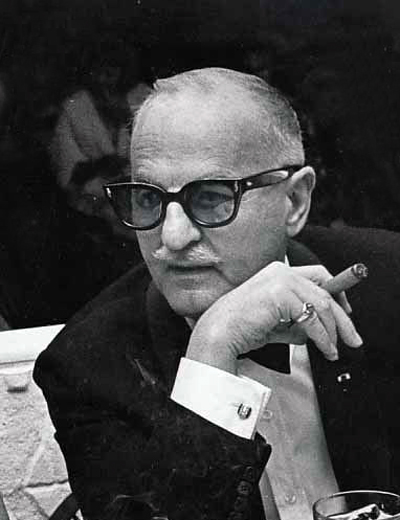I have this sneaking suspicion that I may have picked a terrible week to do a scrutiny. The reason for this suspicion is that ultimately, that what I’m looking at is not any shots from a film in their own context but a remix of these images used for different rhetorical purposes. So, at the risk of bending the rules of the assignment description a bit I’m going to engage in a brief generic exercise and then talk about the outlier in the bunch, the videos of Catherine Grant.
There seem to be three genres of video in this weeks set of viewings. They are the essayic, the observational, and Catherine Grant.
The Essayic
Essayic videos tend to work as what is effectively a supped up version of a traditional academic essay. The author develops a thesis, as in the case of de Fren’s argument that the fembot in a red-dress is a movie trope stretching back to Metropolis that deserves a feminist reading. The author then continues on in a more-or-less traditional academic mode. Within this genre multimedia elements such as video and music tend to be simply representative of what the author is discussing.
The Observational
Observational videos rely on the ability to show multiple shots at the same time for a particular rhetorical affect. Exactly what that affect is exactly is described well by Jordan Schonig. The goal of their observational “video essay is not so much to solve this mystery (that is the mystery of the follow shot in two films both titled Elephant) but to dwell within it.” The observational video like the essayic video’s goal is analysis, where they differ is their position in the analytic process. The essayic video attempts to answer a question about a phenomena, whereas the observational video offers a new way of looking at a phenomena. As a metaphor, an essayic video is a report from a biology lab, whereas the observational video is a new type of microscope.
Then there’s Catherine Grant
As I motioned toward in my title, I don’t really get what Catherine Grant is doing. With that said, I like what she’s doing. The video of hers which I will focus on is “Carnal Locomotive.” In “Carnal Locomotive,” Grant overlays quotations by Claude Levi-Strauss and Steven Shaviro over a video from the film Le Jour et l’heure. On top of all this she mixes in an industrial music track. The effect is striking.
What Grant seems to be doing is attuning the viewer to information in a particular way which a reading of the primary texts from which the quotations are drawn does not. Thomas Rickert describes a concept called “ambient attunement” in his book Ambient Rhetoric. Simply put, Rickert argues that the the environs around an actor attune (or even directly constitute) the ontology of that actor. Grant seems to be doing something similar to this. In this remix she brings multiple streams of audio visual information, with the intention of inflecting the viewers understanding of the core information (the quotations).
Grant’s project is exciting. It raises interesting questions about epistemology. Within multimodal texts what ways do the different modes change the epistemological content of the a text? As an experiment my self, I’ve made my own remix of “Carnal Locomotive” which you can see here.
What I hoped to highlight is a way that the video essay allows for a more precise control of the affective response of the the viewer of content than in a traditional academic essay.

